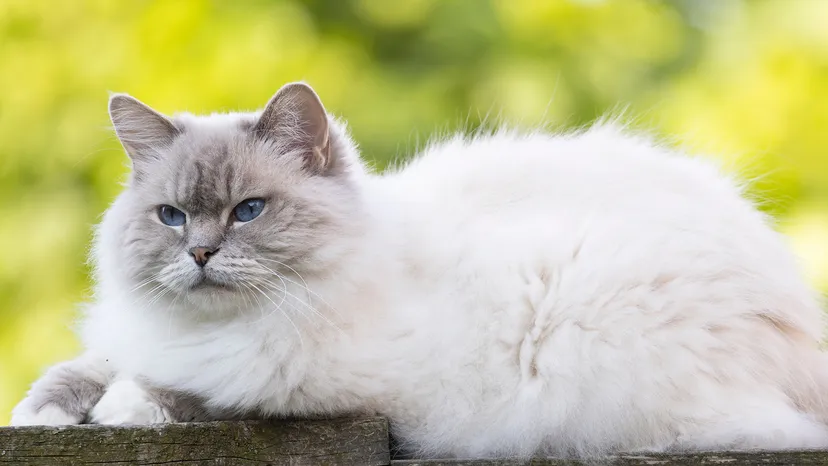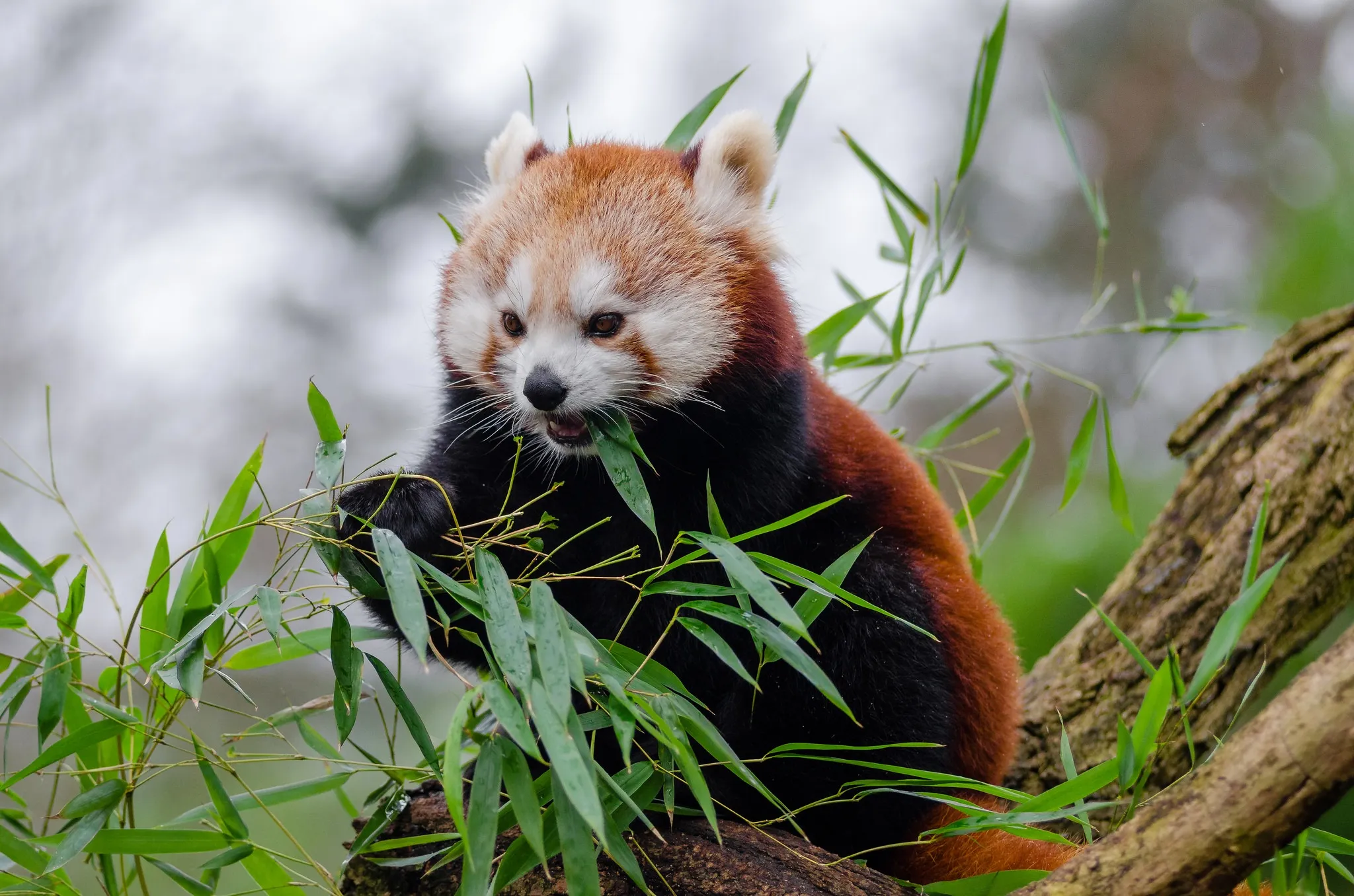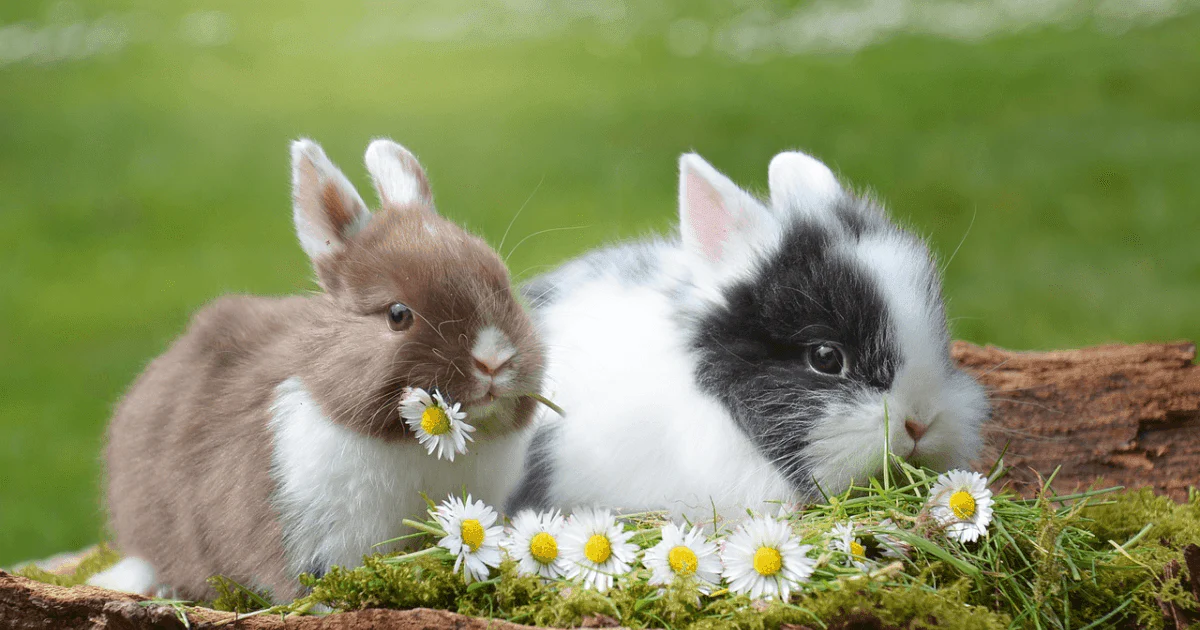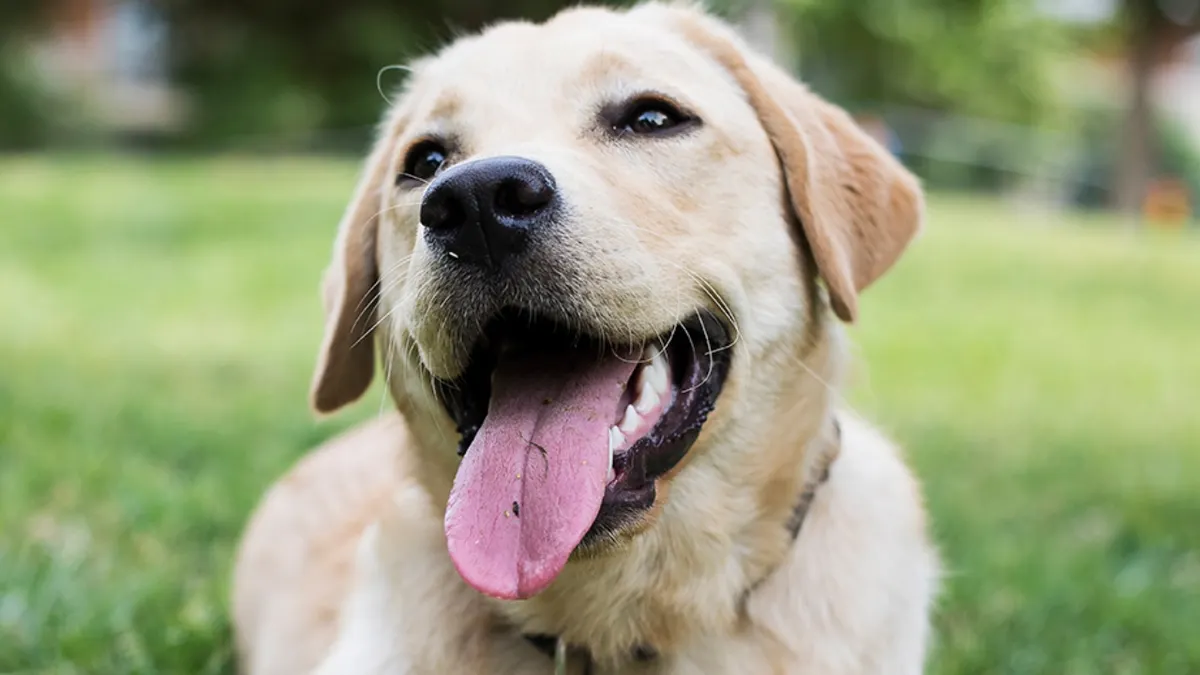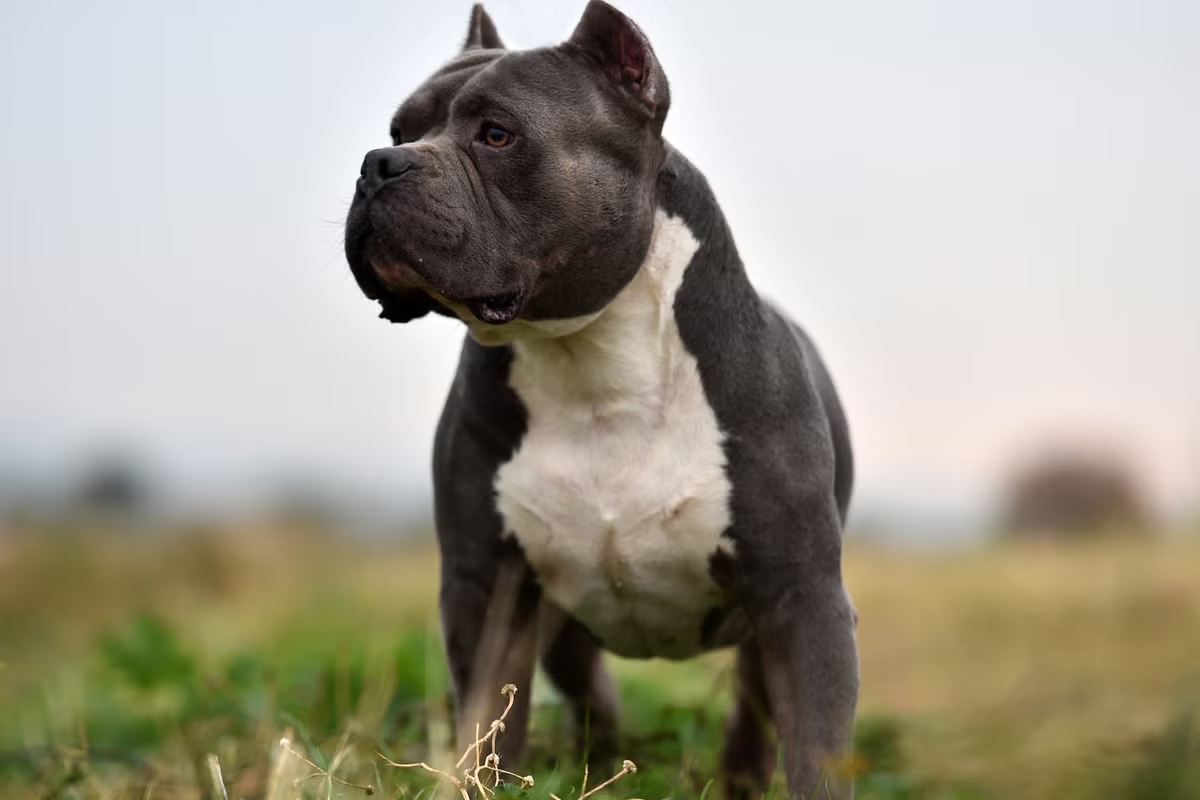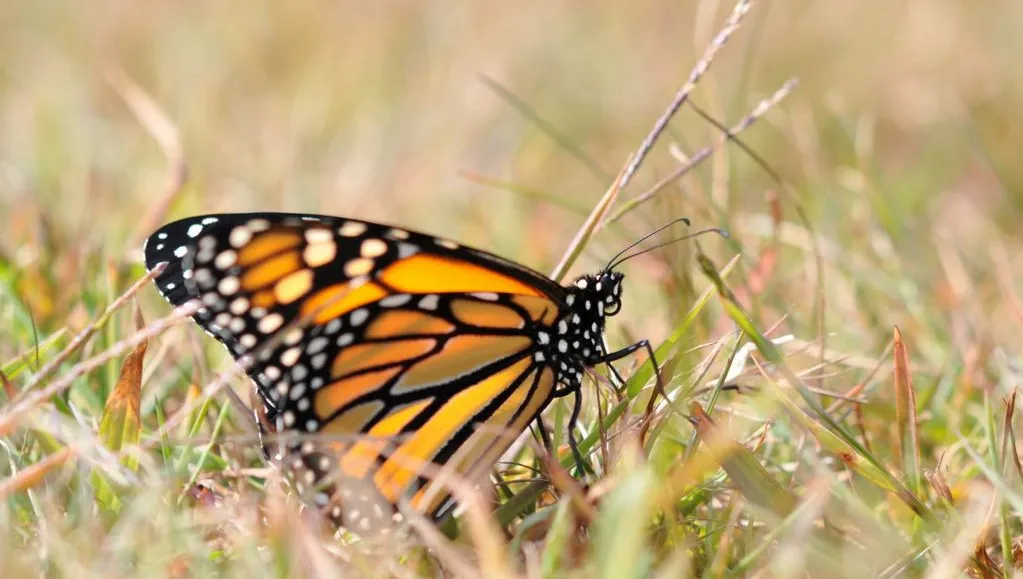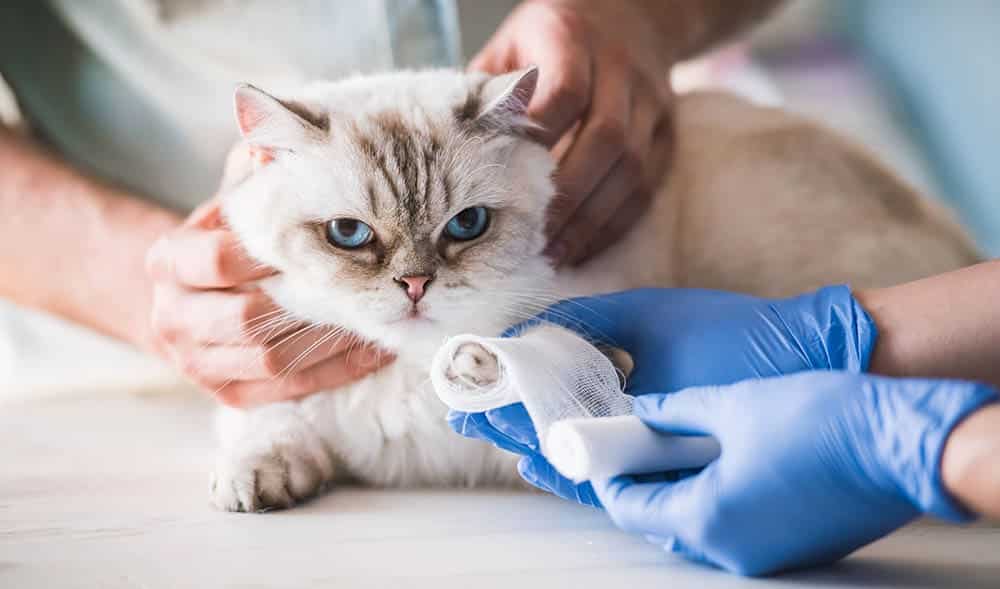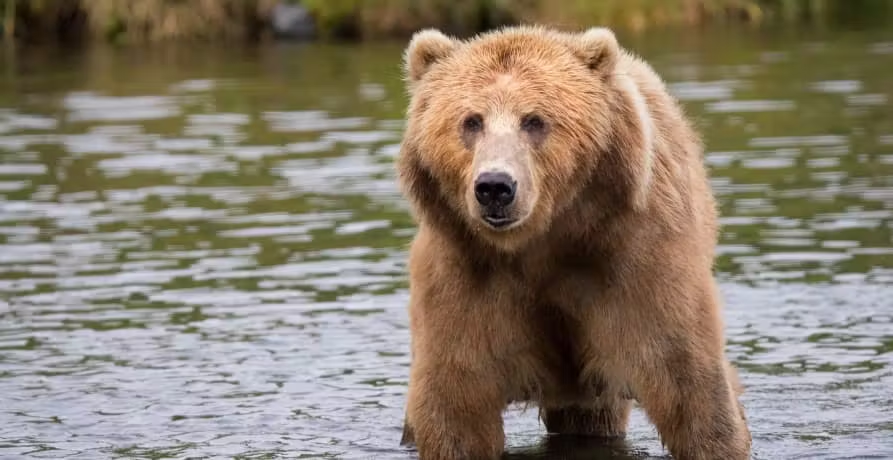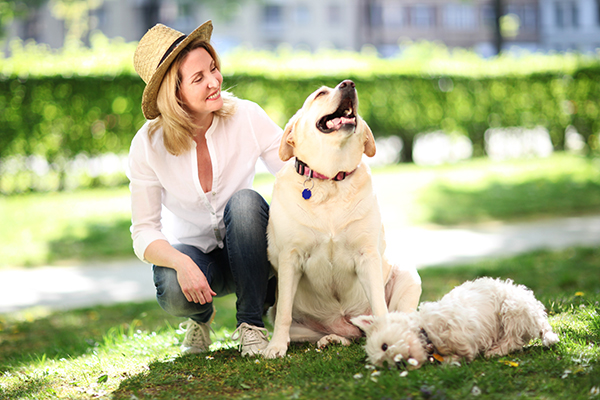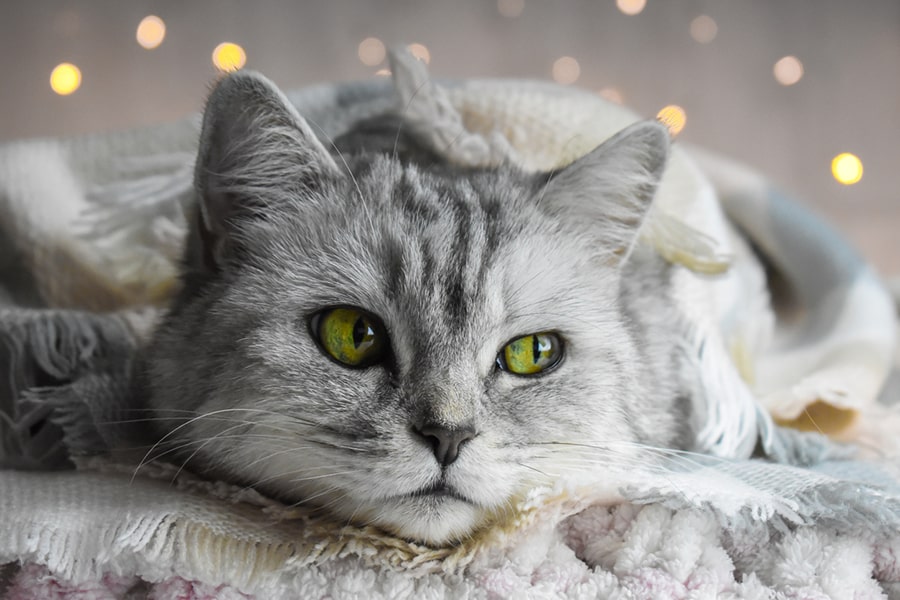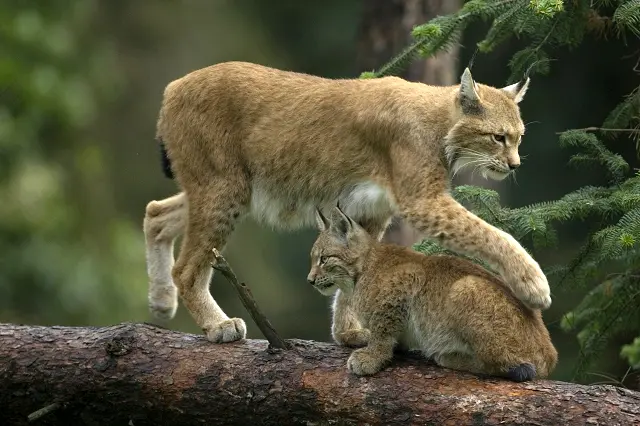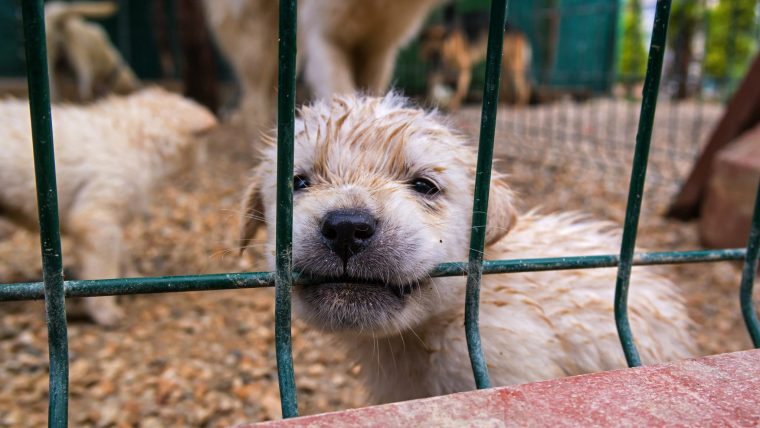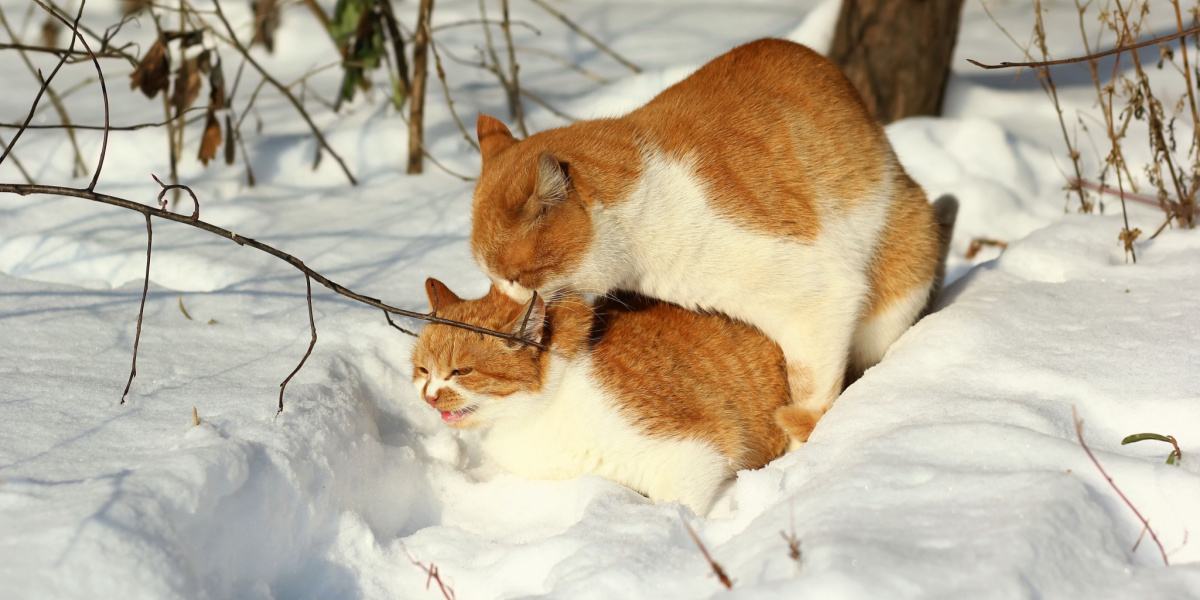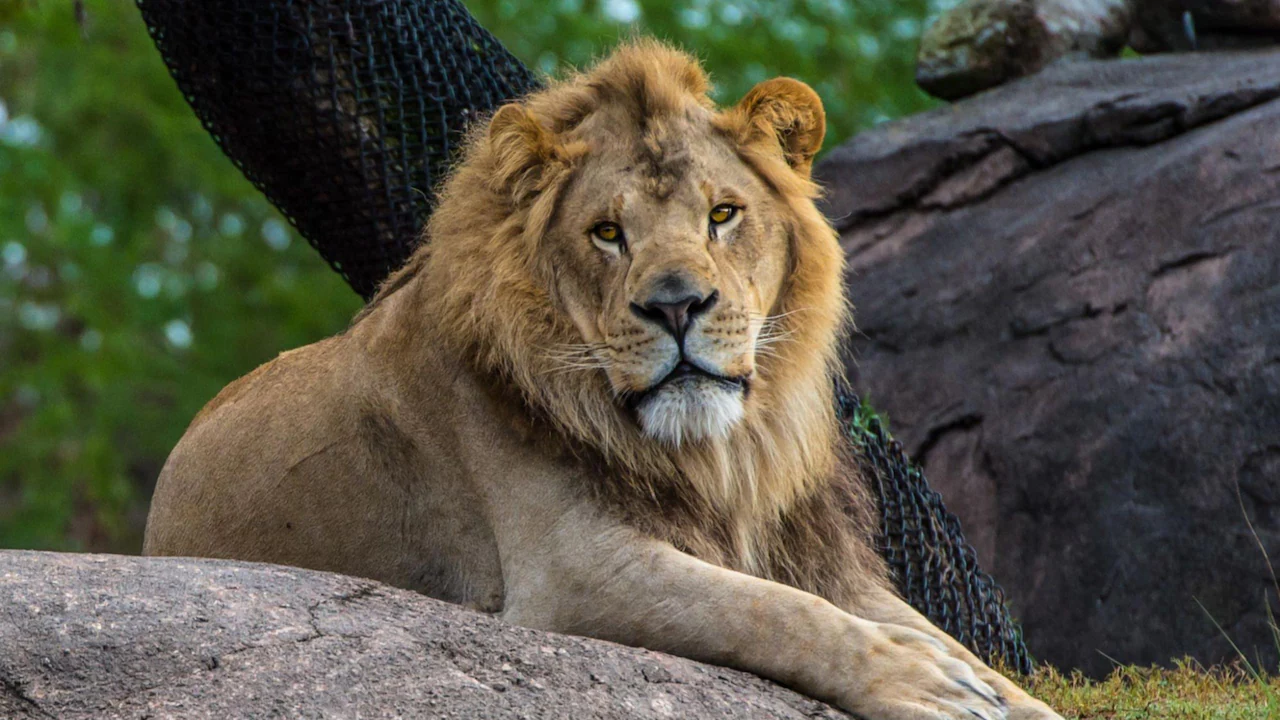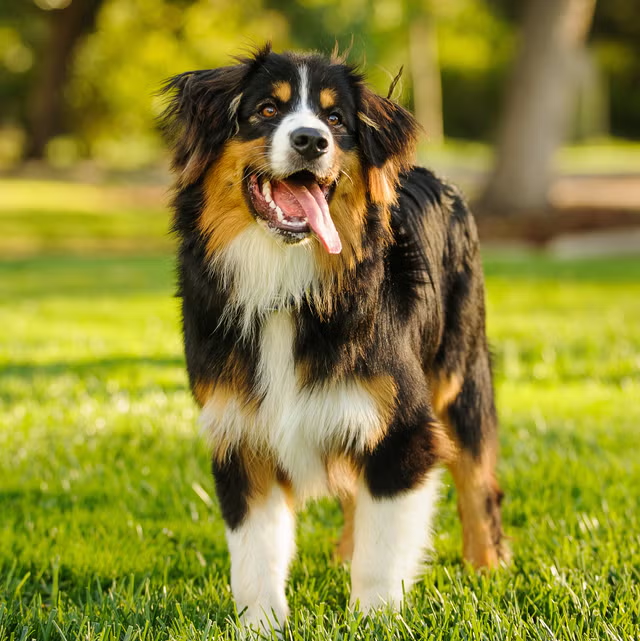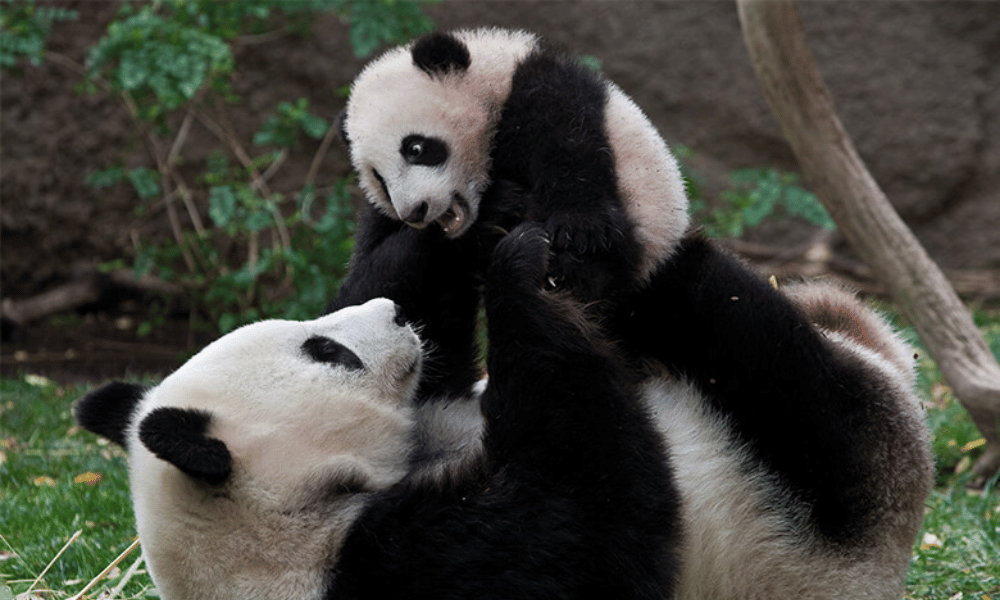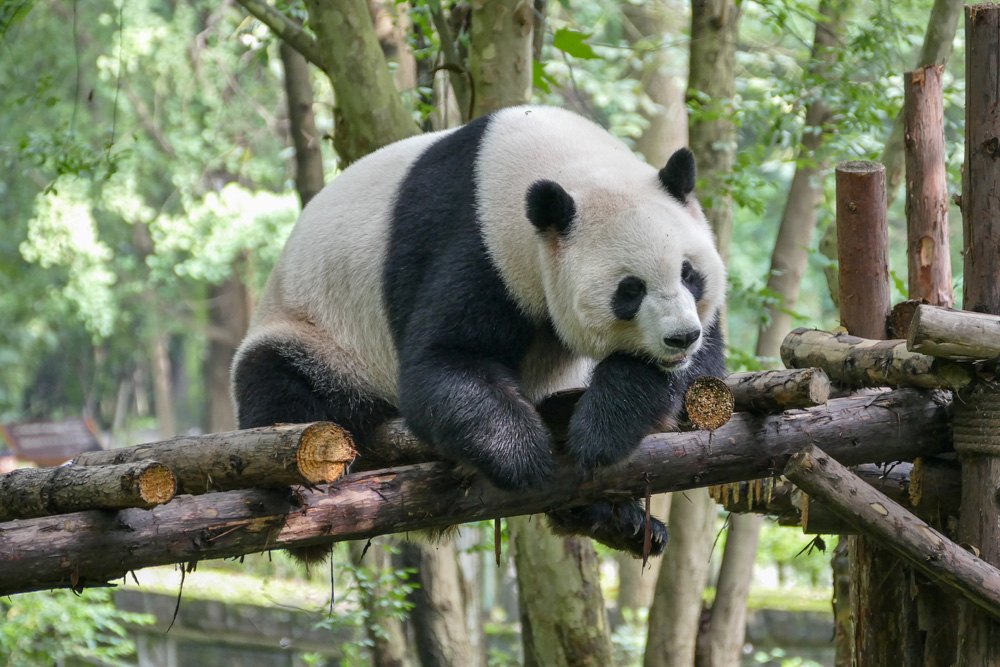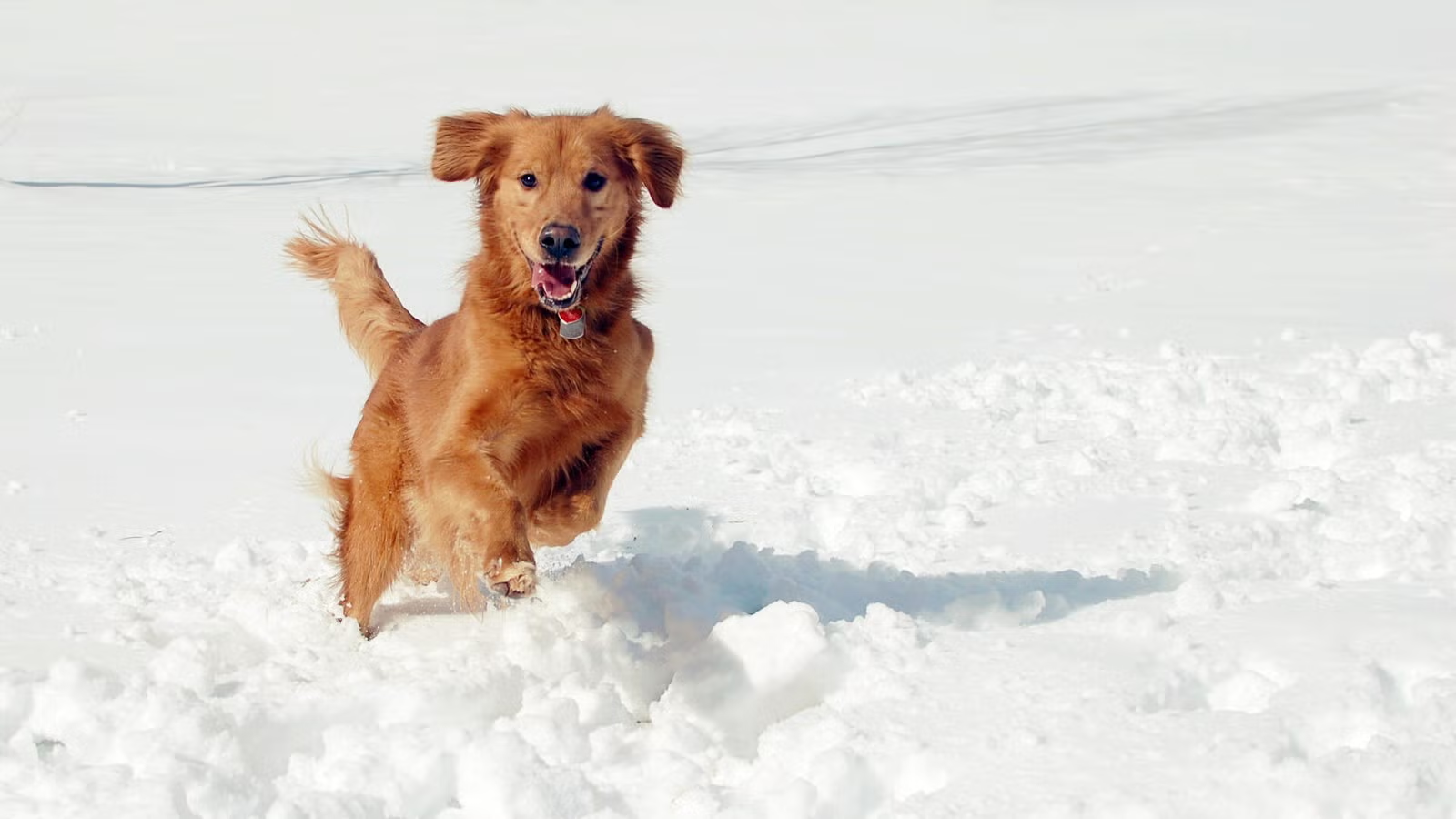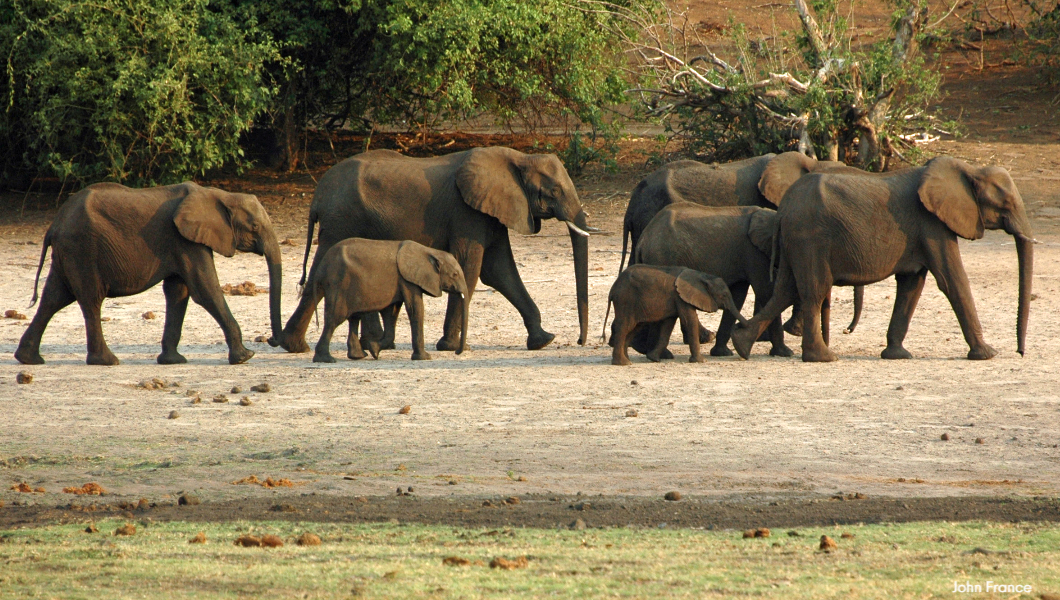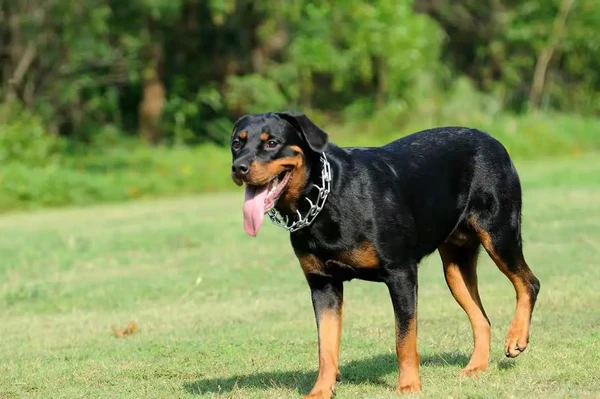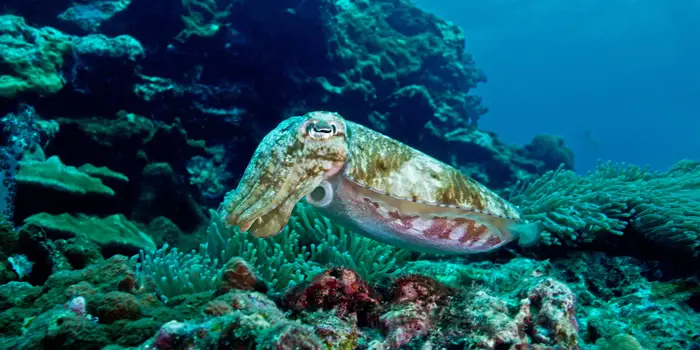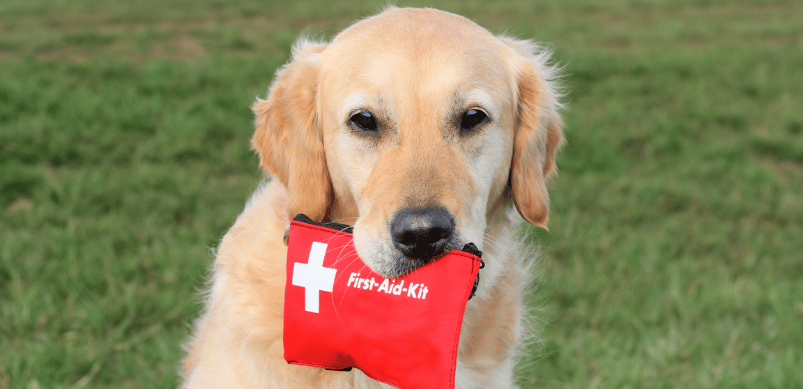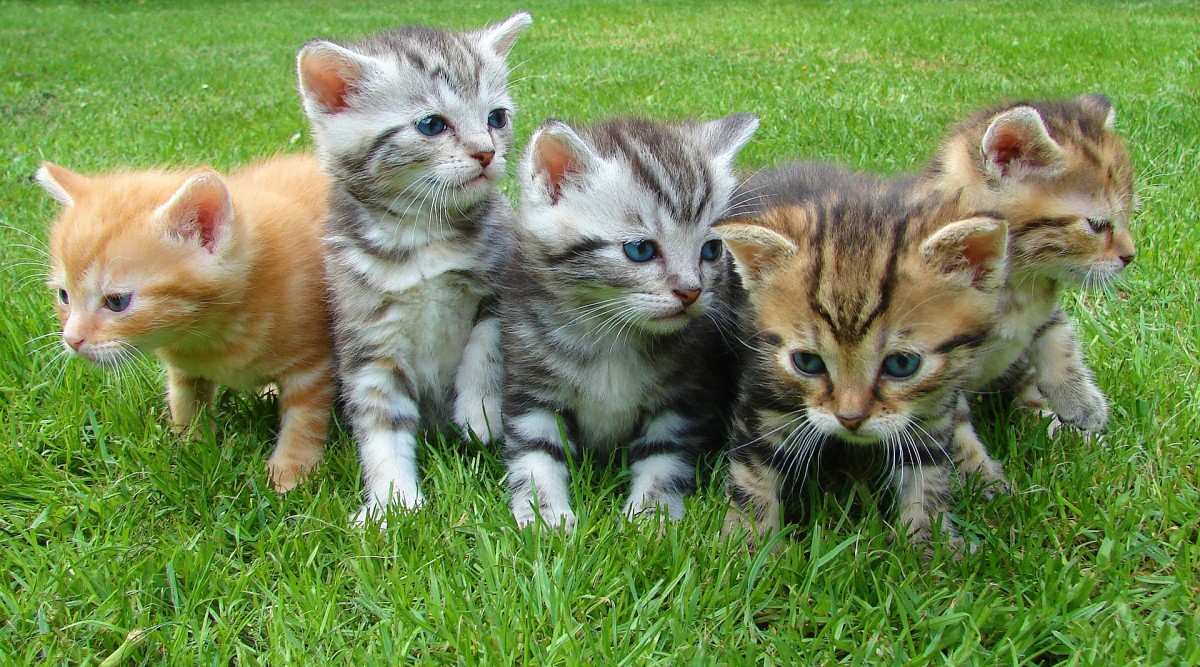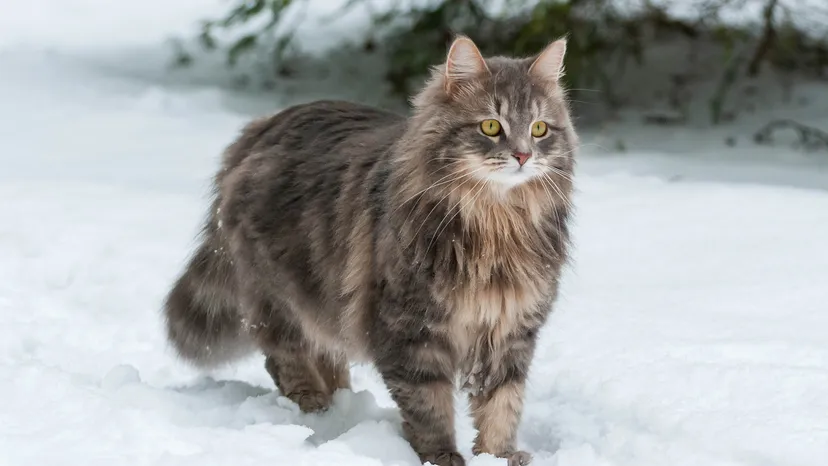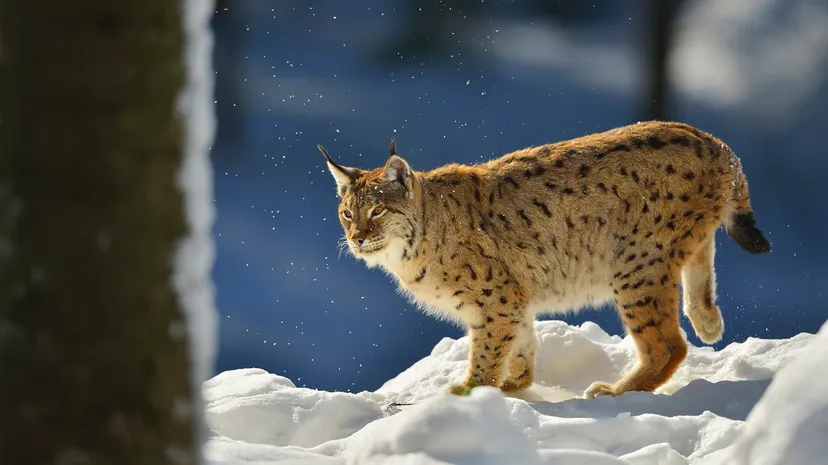Introduction to Luxury Felines
Cats have a way of stealing hearts with their grace, mischief, and charm, but some breeds come with a price tag that rivals a luxury car. From exotic hybrids to ancient purebreds, the world’s most expensive cat breeds are prized for their rarity, stunning looks, and unique personalities. In this article, we’ll explore the top 15 priciest felines, sharing their stories, costs, and care needs, sprinkled with personal anecdotes to help you decide if one of these elite kitties is worth the investment. Whether you’re a cat enthusiast or just curious, let’s dive into the glamorous world of high-end cats!
What Makes a Cat Breed Expensive?
The cost of a cat breed is driven by factors like rarity, breeding difficulty, pedigree, and unique traits. Hybrid breeds, for instance, require complex crosses with wild cats, while purebreds demand rigorous health testing. My neighbor’s Savannah cat, Loki, cost a small fortune but his leopard-like spots and dog-like loyalty make him a showstopper.
Rarity and Limited Litters
Breeds like the Ashera produce only a handful of kittens annually, driving up demand and prices. Limited availability, combined with high breeding costs, makes these cats exclusive. Responsible breeders also invest in genetic testing, further elevating costs.
Exotic Genetics and Appearance
Hybrids like Savannahs or Bengals, with wild cat ancestry, command premium prices due to their striking looks. Their spotted coats and athletic builds are hard to resist. I once met a Bengal at a cat show whose shimmering fur looked like it was dusted with gold.
1. Ashera ($22,000–$125,000)
The Ashera, often dubbed the world’s most expensive cat, is a hybrid of African serval, Asian leopard cat, and domestic breeds, boasting a leopard-like coat and a hefty price tag. Its rarity—only about 100 kittens bred yearly—makes it a status symbol. Controversy surrounds its legitimacy, with some claiming it’s just a rebranded Savannah.
Why So Pricey?
Ashera’s high cost stems from its exclusive breeding by Lifestyle Pets, a Los Angeles-based company. The meticulous process and limited litters drive prices sky-high. Owners must often wait years for their kitten, adding to the allure.
Temperament and Care
Asheras are energetic, dog-like, and social, needing ample space to leap and play. Their wild lineage means they’re not suited for small apartments. Regular vet care and a stimulating environment are crucial for their well-being.
2. Savannah ($1,500–$50,000)
Savannah cats, a cross between a domestic cat and an African serval, are prized for their tall, slender frames and spotted coats. Prices vary by generation—F1 (closest to the serval) are the costliest. My friend’s Savannah, Zara, loves splashing in water, a quirky trait from her wild roots.
Cost Factors
F1 Savannahs, with more serval DNA, can cost up to $50,000 due to breeding challenges and legal restrictions in some areas. Later generations (F3–F5) are more affordable, ranging from $1,500 to $10,000. Ethical breeding adds to the expense.
Care Requirements
Savannahs are high-energy, needing toys, cat trees, and space to roam. They’re intelligent and trainable but require experienced owners. Their long legs make them jumpers, so secure your shelves
3. Khao Manee ($7,000–$11,000)
Known as the “White Gem” of Thailand, the Khao Manee sports a snowy coat and striking eyes—often one blue, one gold. This ancient breed, once reserved for royalty, is rare outside Thailand, making it a coveted prize for cat lovers.
Historical Significance
Khao Manees have been cherished in Thailand for centuries, appearing in ancient texts. Their rarity and regal history inflate their cost. Importing one to the U.S. or Europe often adds to the price tag.
Personality Traits
These cats are playful, curious, and love perching on high spots to survey their domain. They bond closely with families but need regular grooming to keep their white coats pristine. Their sensitive eyes require vet monitoring.
4. Bengal ($1,000–$25,000)
Bengals, with their leopard-like spots and muscular builds, are a hybrid of domestic cats and Asian leopard cats. Their wild appearance and vibrant energy make them a favorite among cat enthusiasts. I once saw a Bengal at a pet expo who “talked” non-stop to his owner!
Breeding Challenges
Bengals are costly due to their hybrid genetics and the need for careful breeding to ensure docility. Prices vary based on coat patterns and lineage, with show-quality cats fetching the highest sums. Ethical breeders prioritize health testing.
Ideal Owners
Bengals suit active households with time for play and stimulation. They’re intelligent, vocal, and love climbing. A sturdy cat tree and puzzle toys are must-haves to keep them happy and out of mischief.
5. Persian ($1,000–$5,000)
Persians are the epitome of feline elegance, with long, flowing coats and flat, expressive faces. Their luxurious appearance and calm demeanor make them a timeless favorite, but their grooming needs are no joke.
Why They’re Expensive
Breeding Persians is costly due to small litter sizes and genetic health issues like polycystic kidney disease. Responsible breeders conduct extensive testing, driving up prices. Show-quality Persians are pricier than pet-quality ones.
Care and Grooming
Daily brushing is essential to prevent matting, and their eyes need regular cleaning due to tear staining. My cousin’s Persian, Luna, requires a weekly spa day to keep her coat silky—a labor of love
6. Sphynx ($1,800–$6,000)
The hairless Sphynx turns heads with its wrinkled skin and oversized ears. Despite their alien-like look, they’re affectionate and playful, making them a hit with cat lovers seeking something unique.
Unique Maintenance Needs
Sphynx cats need regular baths to remove skin oils and protection from sunburn or cold. Their lack of fur makes them high-maintenance but ideal for allergy sufferers. A friend’s Sphynx, Gizmo, loves snuggling under blankets for warmth.
Cost Drivers
Their rarity and specialized breeding, including health testing for hypertrophic cardiomyopathy, inflate prices. Their outgoing, dog-like personalities add to their appeal, justifying the cost for devoted owners.
7. Scottish Fold ($1,000–$3,000)
Scottish Folds, with their adorable folded ears and round faces, are beloved for their owl-like appearance. Celebrities like Taylor Swift have boosted their popularity, driving up demand and prices.
Health Considerations
The genetic mutation causing their folded ears can lead to joint issues, so ethical breeders prioritize health testing, increasing costs. Not all kittens in a litter have folded ears, making those that do pricier.
Temperament
Scottish Folds are calm, affectionate, and adapt well to families or other pets. They love lounging but enjoy gentle play. My colleague’s Fold, Muffin, follows her everywhere but never demands attention.
8. Maine Coon ($1,000–$4,000)
Maine Coons, often called “gentle giants,” are one of the largest domestic breeds, with tufted ears and bushy tails. Their friendly, dog-like personalities make them a top choice for families.
Why They’re Pricey
Their slow maturity and large size mean higher breeding costs, as they require more food and care before being sold. Health testing for conditions like hip dysplasia adds to the expense.
Living with a Maine Coon
Maine Coons need space to roam and toys for mental stimulation. Their long coats require regular brushing. I met a Maine Coon named Thor who played fetch like a dog—pure joy
9. Russian Blue ($500–$3,000)
Russian Blues are known for their plush, silvery-blue coats and vivid green eyes. Their reserved yet loyal nature makes them a favorite for those seeking a low-shedding, elegant cat.
Cost Factors
Their price reflects their purebred status and demand for their hypoallergenic traits. Breeders invest in maintaining their unique coat color, which adds to costs. Rarity outside Russia also plays a role.
Personality and Care
Russian Blues are shy with strangers but devoted to their owners. They need minimal grooming but thrive on routine. A friend’s Russian Blue, Sasha, loves quiet evenings and hides from guests.
10. British Shorthair ($1,500–$2,500)
British Shorthairs, with their teddy-bear-like coats and copper eyes, are calm and easygoing, making them ideal for families. Their sturdy build and plush fur add to their charm.
Breeding Costs
Their popularity and need for health testing for genetic issues drive prices. Breeders focus on maintaining their distinctive coat and build, which requires careful selection.
Living with a British Shorthair
These cats are low-maintenance, needing occasional brushing and moderate play. They adapt well to busy households. My neighbor’s British Shorthair, Teddy, is a chill companion who loves napping by the window.
11. Siberian ($1,000–$2,000)
Siberians, with their thick, triple-layered coats, are built for cold climates. Their playful, affectionate nature and near-hypoallergenic qualities make them highly sought after.
Why They’re Expensive
Their long history and robust health require extensive breeding efforts. Their hypoallergenic coat, which sheds less, adds to their appeal and cost. Importing them can also be pricey.
Care Needs
Siberians need regular grooming to prevent matting and enjoy interactive play. Their intelligence shines in puzzle toys. A local breeder’s Siberian, Misha, once “solved” a toy in minutes
12. American Curl ($800–$2,000)
American Curls, with their backward-curled ears, are playful and sociable, tracing back to a single stray named Shulamith in 1981. Their unique look drives their price.
Cost Drivers
Their rarity and careful breeding to maintain ear shape without health issues increase costs. Show-quality Curls with perfect ear curls are the most expensive.
Personality Traits
Curls are kitten-like even as adults, loving people and pets. Their ears need gentle cleaning to avoid damage. I met a Curl at a shelter who charmed everyone with her playful antics.
13. Norwegian Forest Cat ($800–$1,500)
Norwegian Forest Cats, with their woolly coats and sturdy builds, are descended from ancient Viking cats. Their majestic appearance and friendly nature make them a premium choice.
Why They’re Costly
Their rarity in the U.S. and need for imported breeding stock raise prices. Their double coat requires careful maintenance, adding to breeding costs.
Living with a Wegie
These cats love climbing and need tall cat trees. They’re affectionate but independent. A friend’s “Wegie,” Freya, rules her home with a quiet, regal air.
14. Egyptian Mau ($800–$1,800)
Egyptian Maus, with their naturally spotted coats, are fast and loyal, often bonding deeply with one owner. Their ancient lineage adds to their mystique.
Cost Factors
Their rarity and historical significance drive prices. Breeding for their unique spots and athleticism requires expertise, increasing costs. They nearly went extinct during WWII.
Temperament
Maus are active, playful, and devoted, needing space to run. Their spotted coat needs minimal grooming. I saw a Mau at a cat show sprint like a cheetah
15. Selkirk Rex ($600–$1,500)
Selkirk Rex cats, with their curly coats and heavy-boned frames, are rare and charming. Their laid-back personalities make them great for families.
Why They’re Expensive
Their unique curly coat, resulting from a natural mutation, requires careful breeding. Their rarity and small litter sizes contribute to higher prices.
Care and Personality
Selkirks need regular grooming to maintain their curls and enjoy gentle play. Their calm demeanor suits relaxed homes. A breeder I met swore her Selkirk, Curly, was the ultimate lap cat.
Comparison: Top 5 Expensive Cat Breeds
| Breed | Price Range | Key Traits | Care Level |
|---|---|---|---|
| Ashera | $22,000–$125,000 | Exotic, dog-like, large | High |
| Savannah | $1,500–$50,000 | Spotted, energetic, tall | High |
| Khao Manee | $7,000–$11,000 | White coat, jewel-like eyes | Moderate |
| Bengal | $1,000–$25,000 | Leopard-like, playful | High |
| Persian | $1,000–$5,000 | Long coat, calm | High |
Pros and Cons of Owning Expensive Cat Breeds
| Pros | Cons |
|---|---|
| Unique, exotic appearances | High purchase and care costs |
| Distinctive personalities | Specialized grooming needs |
| Status symbol for enthusiasts | Potential genetic health issues |
| Often loyal and affectionate | May require experienced owners |
People Also Ask (PAA) Section
What is the most expensive cat breed in 2025?
The Ashera is considered the most expensive, with prices up to $125,000 due to its rarity and hybrid genetics (African serval, Asian leopard cat, domestic cat). Its leopard-like look and limited litters make it exclusive. However, some argue it’s a rebranded Savannah.
Why are Savannah cats so expensive?
Savannahs are costly due to their hybrid lineage (domestic cat and African serval), with F1 generations fetching up to $50,000. Breeding challenges, legal restrictions, and their exotic appearance drive prices. Their high energy requires dedicated care.
Are expensive cat breeds healthier?
Not necessarily. Breeds like Persians and Scottish Folds are prone to genetic issues like polycystic kidney disease or joint problems, requiring costly vet care. Responsible breeders test for these, but health risks remain. Always research breed-specific health concerns.
Where can I find reputable breeders for these cats?
Look for breeders registered with The Cat Fanciers’ Association or The International Cat Association. They prioritize health and ethics. Breed-specific rescues or platforms like Petfinder also offer purebreds at lower costs.
FAQ Section
How much does the most expensive cat breed cost?
The Ashera can cost up to $125,000, driven by its rarity, hybrid genetics, and limited breeding by Lifestyle Pets. Prices vary based on lineage and demand, with waiting lists often spanning years.
Are expensive cat breeds good for first-time owners?
Some, like Bengals or Savannahs, need experienced owners due to their high energy and specific needs. Others, like British Shorthairs or Persians, are more beginner-friendly but require grooming. Research each breed’s temperament before deciding.
Where can I adopt expensive cat breeds?
Breed-specific rescues, like those listed on Petfinder, often have purebreds at lower costs. Shelters occasionally have breeds like Maine Coons or Persians. Check local rescues or ASPCA for options.
What are the best supplies for expensive cat breeds?
Invest in sturdy cat trees for climbers like Savannahs, puzzle toys for intelligent Bengals, and grooming tools for Persians. Brands like PetFusion or Catit offer durable products. Consult your vet for breed-specific needs.
Do expensive cat breeds require more care?
Many do, due to grooming (Persians, Siberians), health testing (Scottish Folds), or high energy (Bengals, Savannahs). Sphynx need skin care, while Asheras require space. Budget for vet visits and premium food.
Bringing It All Together
Owning one of the world’s most expensive cat breeds is like inviting a piece of living art into your home—stunning, unique, and often demanding. From the leopard-like Ashera to the cuddly British Shorthair, these 15 breeds offer a range of personalities and looks that justify their hefty price tags. My own encounters with cats like Loki the Savannah and Luna the Persian showed me that their charm goes beyond cost—they bring joy, quirks, and endless love. Whether you’re splurging on a Khao Manee or adopting a shelter cat, the true value lies in the bond you share. If you’re ready to invest, research ethical breeders, prepare for specialized care, and get ready for a feline friend who’ll rule your heart (and maybe your wallet).
Where to Find These Breeds
- The Cat Fanciers’ Association: Lists reputable breeders for purebreds.
- Petfinder: Connects you with breed-specific rescues.
- TICA: Offers breeder directories and breed info.
- Local Shelters: Check for purebreds needing homes.
Best Tools for Luxury Cat Care
- PetFusion Cat Tree: Ideal for active breeds like Bengals or Savannahs.
- Catit Puzzle Toys: Keeps intelligent cats like Maine Coons engaged.
- Safari Grooming Brush: Perfect for long-haired breeds like Persians.
- VetApproved Supplements: Supports health for breeds prone to genetic issues.
By choosing wisely and caring deeply, you’ll ensure your pricey feline lives a happy, healthy life full of purrs and personality.
